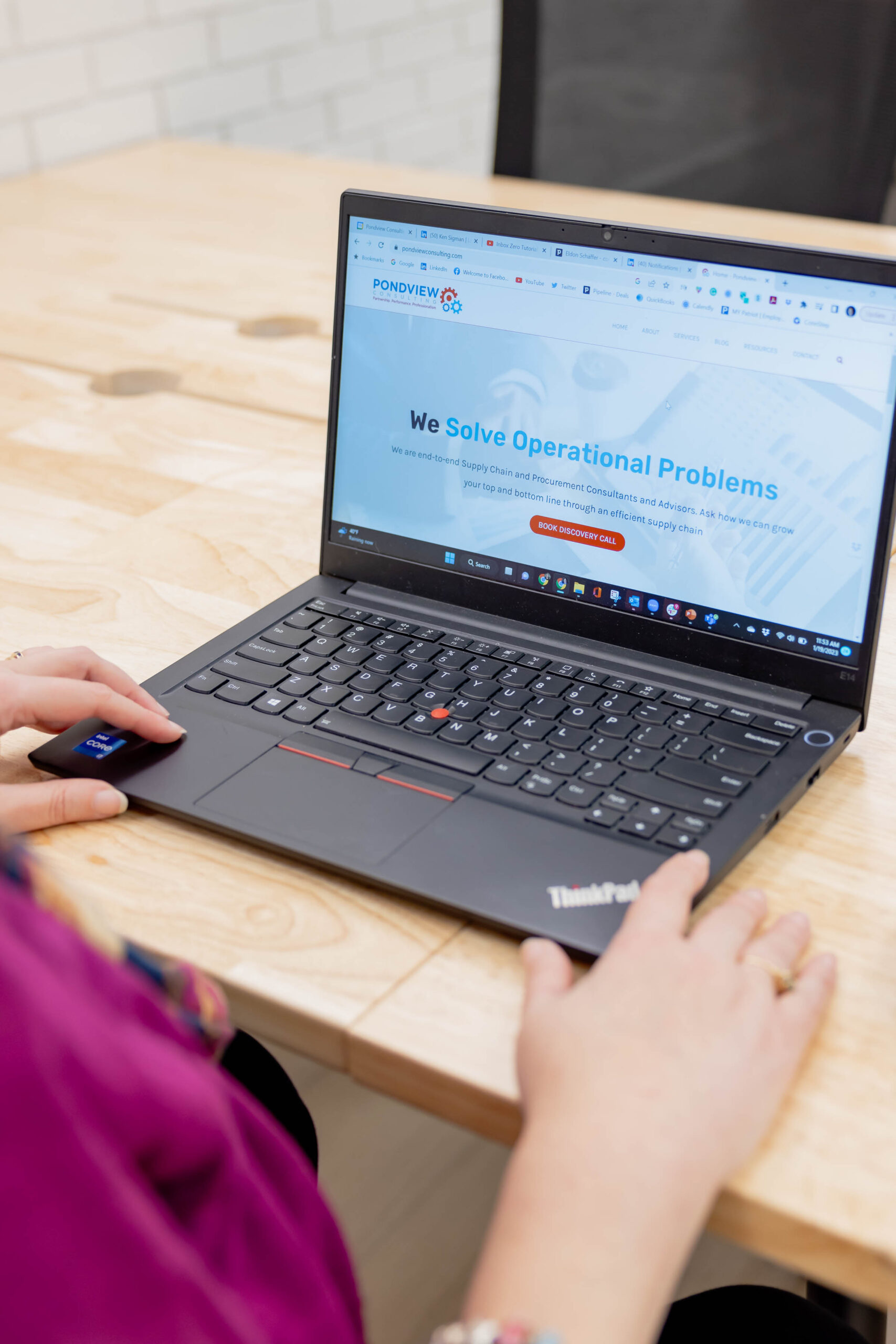In today’s fluctuating business landscape, the secret to soaring above softer sales and dwindling demand isn’t just about selling more—it’s about finding untapped potential in the powerhouse that is your supply chain through better cost optimization.
As demand ebbs and flows across various sectors, and many companies continue to experience softer than expected sales results, as usual, we turn our attention to the supply chain to stand up and deliver. This doesn’t mean simply cutting corners; instead, we need to implement strategic measures that enhance efficiency without sacrificing quality.
The Power of Cost Optimization
Let’s explore a few supply chain cost optimization strategies and how you can implement them.
1. Supply Chain Visibility
The first step towards cost optimization is gaining a holistic view of your supply chain. Only by understanding the ins and outs of your operations can you identify areas for improvement. An efficient supply chain management system can give you real-time data and insights, allowing for better decision-making and identification of bottlenecks.
Actionable Tip: Invest in technology solutions that provide full visibility into your supply chain. Consider systems that integrate AI and machine learning capabilities, as they can offer predictive analytics to help anticipate potential issues and make proactive decisions.
2. Supplier Management
Building strong relationships with suppliers can pay off in terms of cost savings. By negotiating better deals, you can reduce procurement costs, which can significantly impact your bottom line. Moreover, you need to be a ‘customer of choice’ to your suppliers. As a customer of choice, your suppliers will prioritize servicing you, which means less likelihood of encountering supply chain disruptions and unexpected costs.
Actionable Tip: Embed regular reviews with your suppliers to share the business outlook, programs, projects, and ways to eliminate waste and generate savings. Regularly review and renegotiate contracts. Consider long-term agreements that provide cost benefits, and work on developing strategic partnerships. Remember, good supplier relationships are about co-creation, co-innovation, growing and benefitting together. It’s about growing the top and bottom lines together. If you are still stuck on price, you are stuck in the past. Don’t be a dinosaur!
3. Inventory Optimization
Overstocking can tie up capital and increase warehouse costs while understocking can lead to lost sales and unhappy customers. Hence, achieving the right balance is critical. You need a postponement strategy.
Actionable Tip: To implement a successful postponement strategy, identify the products in your inventory that can be partially assembled until a customer order is received. Invest in flexible manufacturing systems that can quickly switch from one product variant to another, and train your workforce to handle a diverse range of tasks. This allows you to hold inventory in a semi-finished state, tying up less cash in finished goods. Additionally, closely collaborate with your sales and marketing teams to develop accurate demand forecasts, ensuring that the final assembly or customization can be completed quickly and efficiently once the order is confirmed.
4. Lean Management
Lean management principles focus on reducing waste while maintaining productivity. This could mean cutting out unnecessary processes, improving efficiency in operations, or even reevaluating how resources are allocated.
Actionable Tip: Conduct a thorough audit of your current supply chain processes to identify areas of waste. Once identified, implement lean techniques such as value stream mapping, 5S, and continuous improvement.
5. Sustainability Is a Cost Optimization Opportunity
It might seem counterintuitive, but investing in sustainability can lead to significant cost savings in the long run. Sustainable practices often mean using resources more efficiently, leading to less waste and lower costs. Plus, with consumers increasingly favoring eco-friendly companies, sustainability can also drive sales. It’s simple – doing good is good for business!
Actionable Tip: Assess your supply chain for areas where you can implement more sustainable practices. This could include reducing packaging, optimizing logistics to reduce carbon emissions, or sourcing from sustainable suppliers.
The key to successful supply chain cost optimization is a well-rounded approach that involves technology, relationships, and innovative management strategies. By implementing these tips, you can reduce costs and build a more resilient, efficient, and sustainable supply chain. Remember, in today’s complex business environment, the supply chain isn’t just a cost center – it’s a strategic asset!
As always, I welcome your thoughts and experiences on this topic. Join the conversation in the comments below. Stay tuned for the next edition, where I’ll continue to explore the latest trends and insights in the world of supply chains.
If you’d like to discuss supply chain optimization, let’s chat.
Schedule a discovery call with me here.


1 thought on “Unleashing Supply Chain Potential: Strategies for Cost Optimization”
Comments are closed.